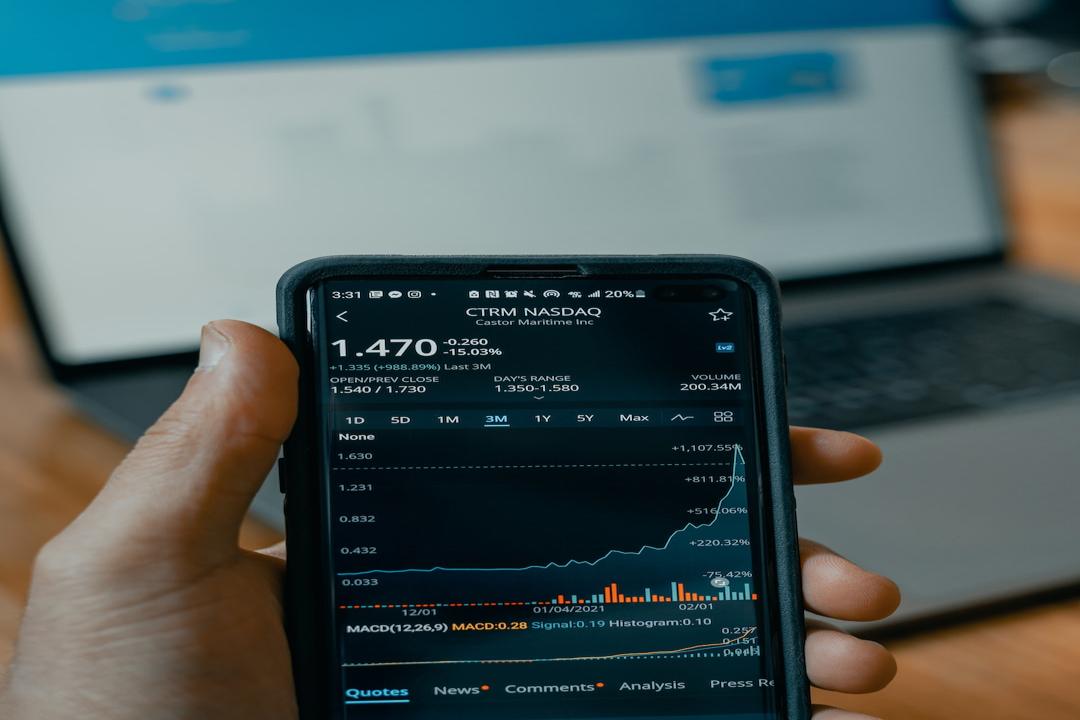Researcher RyanCiz.eth has provided an explanation regarding the “real-time settlement” vision behind Blackrock’s recently launched tokenized fund, BUIDL. He has also highlighted the difficulties that traditional financial institutions face in achieving real-time settlement in DeFi and emphasized that the significance of BUIDL lies more in industry development than its intrinsic value.
BUIDL, short for Blackrock USD Institutional Digital Liquidity Fund, offers investors the opportunity to participate in traditional investments through Web3 cryptocurrency. It is Blackrock’s first attempt in the tokenization field.
The process for investors to participate in the fund involves depositing USDC and USD into the fund’s smart contract, which then facilitates RWA investment subscriptions. In return, investors receive BUIDL tokens equivalent to the value of USD on a one-to-one basis. The investment interest is automatically distributed in the form of tokens to the BUIDL token holder’s address, and the tokens can only circulate within whitelisted addresses.
The fund’s investment targets are US Treasury bonds and repurchase agreements in traditional trading markets, with a portion of cash reserved for liquidity. Currently, the fund is only open to qualified investors, with a minimum subscription amount of five million US dollars. It is observed that there is minimal participation from Web3 institutions, and most buyers are traditional institutions.
Securitize, the fund’s partner, supports the tokenization of USDC and USD subscriptions and redemptions. If users choose to subscribe using USDC, they still need to convert it through Circle, which currently only has a customer bank. If users choose to subscribe using USD, they need to deposit it into the Securitize platform, which involves time differences and delays for interbank transfers unless the banks are the same. The ability to achieve real-time subscriptions relies on Blackrock’s ability to instantly create new fund shares, but the investment of USD in underlying assets takes time, similar to stETH, which dilutes the overall APR. Large-scale redemptions that exceed the retained cash in the fund require the sale of underlying assets, which takes even longer. However, as the largest asset management company, Blackrock can provide ample liquidity.
In summary, BUIDL only tokenizes fund shares, and the remaining processes are still off-chain. Achieving real-time settlement is still challenging due to the friction involved in traditional fiat systems. RyanCiz.eth has highlighted various obstacles and conditions in the traditional process that hinder real-time settlement. Although Blackrock claims that BUIDL subscriptions and redemptions can be done in real-time, there are still frictions in settlement due to the involvement of traditional fiat systems. The integration of Web2 and Web3 assets requires continuous refinement of compliance and technical processes.
Despite the complexity, BUIDL represents a significant attempt to sell Web2 assets to both Web2 and Web3 markets through a Web3 form. This type of product needs to accommodate both Web2 and Web3 systems, and the regulatory and technical processes for both undergo similar adjustments. Although it is currently only open to professional investors, the construction of the process and framework, which are the most challenging parts, have already been completed. Regardless of the volume achieved, the key is the contribution of different participants in the infrastructure and the ability to further explore the integration of traditional channels and emerging infrastructure.
For more information, please refer to the original article.

